Teachers provided an overview of what the students will experience over the course of the year, including the developmental milestones and expectations for each grade. They outlined the Units of Exploration, and how math, STEM, and field trips are woven into the curriculum.
Preschool Curriculum Night
The Vision of Mathematics at PKS
PKS Opens New Lower Elementary Building
Admissions Kickoff
Welcome Back!
Message from Incoming Head Chris Livaccari
I am absolutely thrilled at the prospect of becoming your next Head of School in July 2018. I would like to thank all of the students, teachers, staff, parents and board members that took the time to meet with me during my visit to school and with whom I have interacted over the last few weeks. I especially appreciated the time I spent in Chinese answering the most challenging questions of all – from the PKS third graders!
Exciting Head of School News
Chris Livaccari, a distinguished language immersion educator, Mandarin scholar, Mandarin speaker, and author, has been named our next Head of School by unanimous vote of the Board of Trustees. Among the highly talented candidates who visited the school in recent months, Chris stood out for his commitment to educational excellence and his deep knowledge of and involvement in Mandarin language learning on an international scale. Chris’s bright vision for PKS’s future and his inquisitive, warm, down-to-earth style made him the ideal match for our school.
Introducing the Orsini Library
After only a year, the Orsini Library has doubled its previous collection and now holds almost 3000 Chinese and English titles! This was made possible by the powerhouse team of volunteers at Presidio Knolls, led by parents Vivian Looi and James Huff. Their efforts have made it possible for all children level P2 to Grade 4 to regularly borrow books and integrate library time into their weekly curricula.
Family Profile (The Speta Family)
For Kyle, a clear highlight has been the Wonder Works project in 3rd grade. She found a topic (how to stop child mining) that she was really passionate about and pursued it independently. The support from the school and the community in this has also been terrific and has empowered her tremendously as she pursued this project.
A Year of Service Learning
Teachers weave in opportunities to integrate service learning into the units of exploration that they develop with their students. For example, as a part of the first grade’s work learning about habitats, they partnered with the San Francisco Parks and Rec department to work on a habitat restoration project in Golden Gate Park. Learning matters more when we get to apply and extend our knowledge and have a positive impact on our community.
Summer Learning Support Ideas
One topic on many parents’ minds as their children end another school year is, “How am I going to help my kid hold their progress over the summer?” It’s true that students lose academic ground during the summer months, and even the strongest students can make a small summer backslide. For students in the early grades or for students whose learning is fragile, maintaining ground is even more important. I am writing to share some ideas about how to help your child stay connected to learning during the months when their teachers aren’t providing daily academic nourishment.
Kindergarten: Field to Table
In this engaging unit, teachers helped children answer a few essential questions: Where does food come from? How and why do we grow our own food? How do people organize the environment to produce and distribute food? How does knowing about our food help us make healthy choices? The unit was based on four basic premises: First, all living things have basic needs. Second, plants and animals have life cycles. Third, some foods are regional and/or seasonal. And fourth, gardens require care and attention. Through these lenses, students dove deep into lessons about geography, environmental science, math, and non-fiction vs. fiction.
Teacher Profile (Mei Ying Tzeng)
There is no instruction manual on how to teach children. Children don’t need to follow anyone to explore the world. Instead, we focus on children’s learning processes and experiences, not on pushing children to remember all the academic material. Teachers and children observe, find questions, search for the result and solve issues together; building knowledge and gaining new experiences while learning from each other.
First Grade: The Building Unit
The first grade blue class is in their third week of their building unit. There is tension in the air as students fly around the classroom putting the finishing touches on their projects before the final exhibition on Friday. Some projects boast tall towers made of cardboard, while others are short, squat structures secured by wooden columns, but they all have one thing in common: they were handmade and designed by a first grade student with the intent of learning about buildings.


